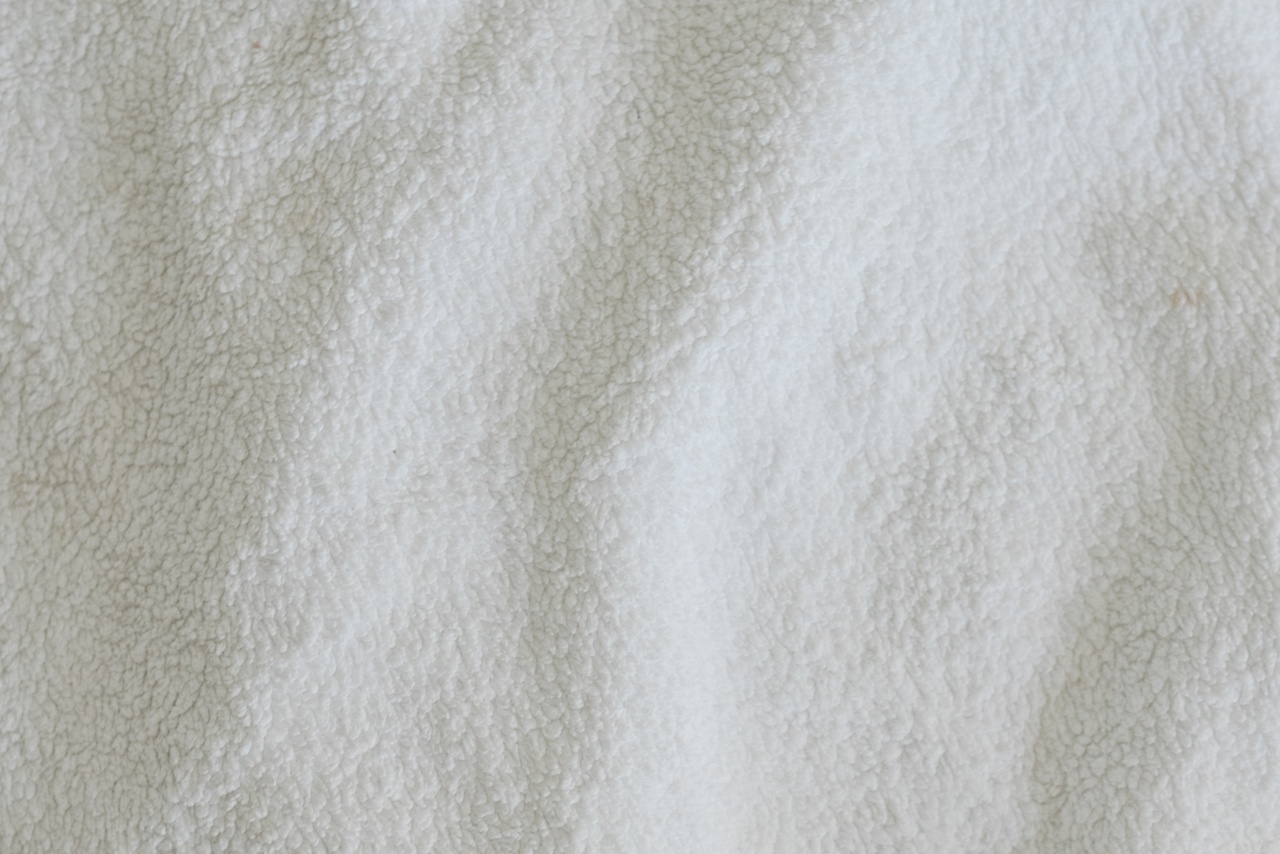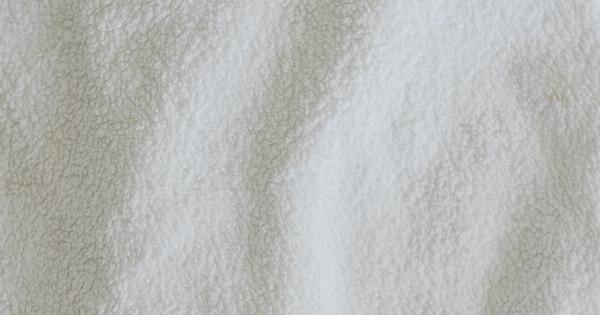Drying clothes indoors is a common practice for many people, especially during the colder months or in homes without outdoor drying facilities.
While it may seem convenient, there are certain risks associated with drying clothes indoors that are often overlooked. In this article, we will explore the potential dangers and problems that can arise from indoor clothes drying and why it is important to be aware of these risks.
Increased moisture levels
One of the main issues with drying clothes indoors is the increased moisture levels it creates in your home. Clothes, especially when wet, release moisture into the air as they dry.
This extra moisture can lead to higher humidity levels, which can pose several problems.
Mold and mildew growth
Excess moisture in the air can create the perfect breeding ground for mold and mildew.
These fungi thrive in damp environments, and if left unchecked, can quickly spread and cause various health issues such as respiratory problems, allergies, and even asthma attacks.
Damage to walls and ceilings
The moisture released during the drying process can also result in damage to your walls and ceilings. Over time, the excess moisture can seep into the structure of your home, leading to peeling paint, discoloration, and even structural damage.
This can be costly to repair and may require professional assistance.
Increased energy consumption
When drying clothes indoors, you often rely on electrical appliances such as radiators, clothes dryers, or space heaters. These appliances consume significant amounts of energy, leading to higher electricity bills.
In contrast, outdoor drying in sunlight and windy conditions is free and environmentally friendly.
Fire hazards
Indoor drying can also pose a fire hazard if not done properly. When drying clothes near heat sources or using ineffective or faulty electrical appliances, the risk of a fire breaking out increases.
Lint from clothes can accumulate in dryer vents and become a potential ignition source when combined with heat.
Potential health risks
Aside from mold and mildew, indoor drying can also have negative effects on your health.
Drying clothes indoors can release fine particles and chemicals from laundry detergents into the air, which can irritate your respiratory system and trigger allergies or asthma symptoms.
Reduced air quality
The combination of increased moisture, mold growth, and potentially harmful particles can contribute to poor indoor air quality.
This can be particularly problematic for individuals who already suffer from respiratory conditions or weakened immune systems.
Unpleasant odors
Drying clothes indoors can lead to lingering odors within your home. As damp clothes dry indoors, they may release musty odors that can be difficult to eliminate.
These odors can permeate throughout your living spaces, making your home less pleasant to be in.
Impact on clothing quality
Indoor drying methods, such as using drying racks or clotheslines, can also have negative effects on the quality and condition of your clothes.
Clothes dried indoors tend to take longer to dry, which can cause fabrics to become stiff and lose their softness. Additionally, indoor drying may lead to color fading and distortion of clothing fibers.
Alternative solutions
While drying clothes indoors may sometimes be necessary, there are alternative solutions that can help minimize the risks associated with indoor drying:.
- Utilize outdoor drying facilities such as clotheslines or drying racks in sunny and well-ventilated areas.
- Invest in energy-efficient and properly maintained clothes dryers that vent to the outside.
- Ensure proper ventilation in your home by opening windows or using exhaust fans to remove excess moisture.
- Consider using dehumidifiers to regulate indoor humidity levels, especially in areas prone to high moisture.
- Choose eco-friendly laundry detergents with fewer harmful chemicals to reduce potential air pollution.
By implementing these alternative solutions, you can minimize the risks associated with indoor clothes drying, create a healthier living environment, and extend the lifespan of your clothes.






























